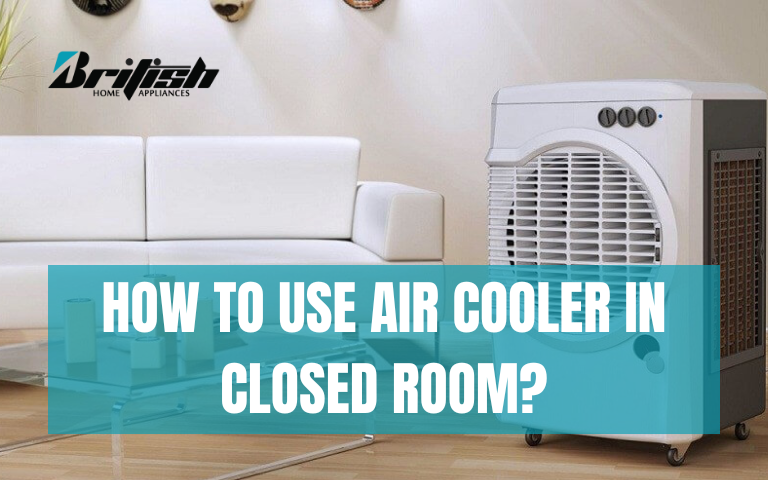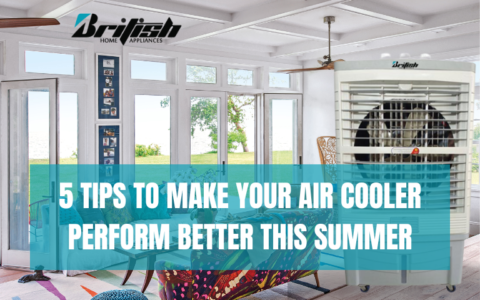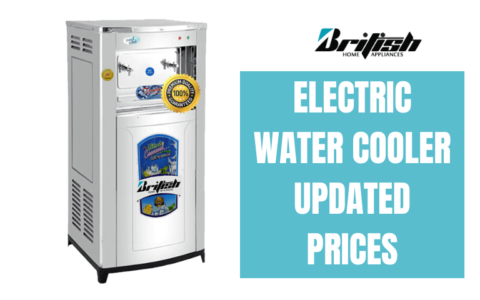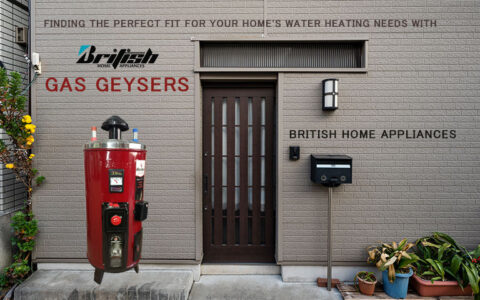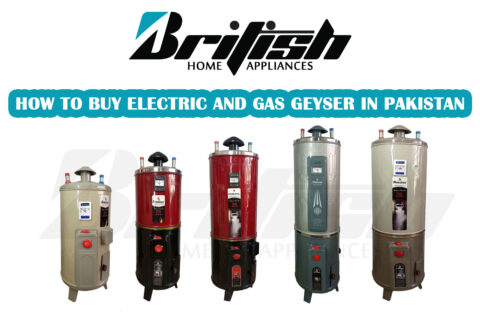Air coolers are a great way to beat the heat during the scorching summer months. These appliances work by evaporating water to produce cool air, providing relief from hot and dry weather conditions.
While they are commonly used in open spaces, such as outdoor areas or semi-open environments, you can also use an air cooler in a closed room effectively.
In this article, we will guide you through the process of using an air cooler in a closed room, ensuring optimal cooling and comfort.
Table of Contents
Understanding Air Coolers
Before diving into the specifics of using an air cooler in a closed room, it’s essential to understand how these appliances work.
Unlike air conditioners that rely on refrigeration to cool the air, air coolers utilize the principle of evaporative cooling.
They use the natural process of evaporation to lower the temperature of the air, making them ideal for dry climates.
An air cooler consists of several components, including a water tank, a pump, cooling pads, and a fan. The water tank holds water that is pumped onto the cooling pads.
The fan draws warm air from the surroundings, forcing it to pass through the moist pads. As the air moves through the wet pads, evaporation occurs, cooling down the air. The fan then blows this cooled air into the room, providing a refreshing breeze.
Do you want to buy the best room air cooler in Pakistan? Visit our store.
Benefits of Using an Air Cooler in a Closed Room
Using an air cooler in a closed room offers several advantages. Let’s explore some of the key benefits:
Energy Efficiency:
Air coolers consume significantly less energy compared to air conditioners, making them a more environmentally friendly and cost-effective option. They operate using a simple mechanism that requires only a fan and a pump, reducing electricity consumption.
Cost-effectiveness:
In addition to lower energy consumption, air coolers are generally more affordable to purchase and maintain compared to air conditioners. They have fewer complex components and do not rely on refrigerants, which can be costly.
Improved Air Quality:
Unlike air conditioners that recirculate the same air, air coolers continually draw in fresh air from the outside. This constant circulation helps improve indoor air quality by reducing the concentration of pollutants and allergens.
Environmentally Friendly:
Air coolers use water and evaporation to cool the air, rather than relying on harmful refrigerants or chemicals. They have a lower carbon footprint and are considered a greener alternative for cooling.
By using an air cooler in a closed room, you can experience these benefits while enjoying a cool and comfortable indoor environment.
How To Use Air Cooler In Closed Room:
To effectively use an air cooler in a closed room, follow these steps:
Choose the Right Location:
Place the air cooler near a window or opening in the closed room. This allows the cooler to draw in fresh air from outside and improve ventilation.
Prepare the Air Cooler:
Before using the air cooler, clean the exterior with a soft cloth to remove any dust or debris. This ensures optimal performance and prevents dust particles from entering the room.
Fill the Water Tank:
Fill the water tank of the air cooler with clean, cold water. You can also add ice cubes to enhance the cooling effect. Ensure that the water level is sufficient for the air cooler to function properly.
Adjust the Fan Speed:
Most air coolers have different fan speed settings. Start with a lower speed and gradually increase it to achieve the desired cooling effect. Higher fan speeds provide increased airflow but may generate more noise.
Control the Swing Function:
Many air coolers come with a swing function that allows the cooled air to oscillate from side to side. Activate the swing function to ensure even distribution of cool air throughout the closed room.
Use Cooling Modes:
Air coolers often offer different cooling modes, such as normal, natural, or sleep mode. Experiment with these modes to find the one that suits your preferences and provides optimal cooling in the closed room.
Monitor and Adjust:
Pay attention to the temperature and comfort level in the closed room. Monitor the performance of the air cooler and make adjustments to the fan speed or cooling modes as needed.
Maintain and Clean Regularly:
Regular maintenance and cleaning are essential for the efficient operation of the air cooler. Clean the exterior regularly using a soft cloth. Additionally, clean or replace the cooling pads and filters as recommended by the manufacturer.
Consider Room Ventilation:
In a closed room, it’s important to ensure proper ventilation. Open windows or use exhaust fans to allow the exchange of air and prevent a buildup of humidity.
By following these, you can effectively use an air cooler in a closed room and enjoy a cool and comfortable indoor environment.
FAQs about How To Use Air Cooler In Closed Room:
Can I use room cooler in closed room?
Yes, you can use a room cooler in a closed room, but it is not recommended. Air coolers work by evaporating water, which cools the air. If the room is closed, the humidity will increase, which can make you feel uncomfortable.
Which air cooler is best for closed room?
The best air cooler for a closed room is one that has a high evaporation rate. This will help to keep the humidity down and make the air more comfortable.
Do air coolers need ventilation?
Yes, air coolers do need ventilation. They need to be able to draw in fresh air and expel the hot, humid air. If the air cooler is not properly ventilated, it will not work as well and could even damage the unit.
Can air coolers be used indoors?
Yes, air coolers can be used indoors. However, it is important to make sure that the room is well-ventilated. If the air cooler is not properly ventilated, it could increase the humidity in the room, which can make you feel uncomfortable.
Conclusion
To effectively use an air cooler in a closed room, it is important to strike a balance. While using a room cooler in a closed room can lead to increased humidity, discomfort, and health issues, there are steps you can take for optimal use.
Ensure proper ventilation to remove excess humidity and circulate fresh air, which improves cooling efficiency. Choose a compact air cooler with adequate cooling capacity for the limited space.
Monitor the humidity levels and adjust settings accordingly to maintain a comfortable environment.


